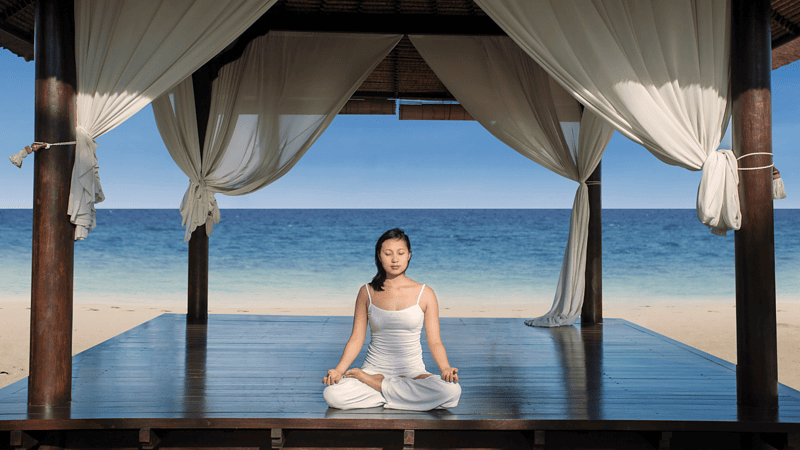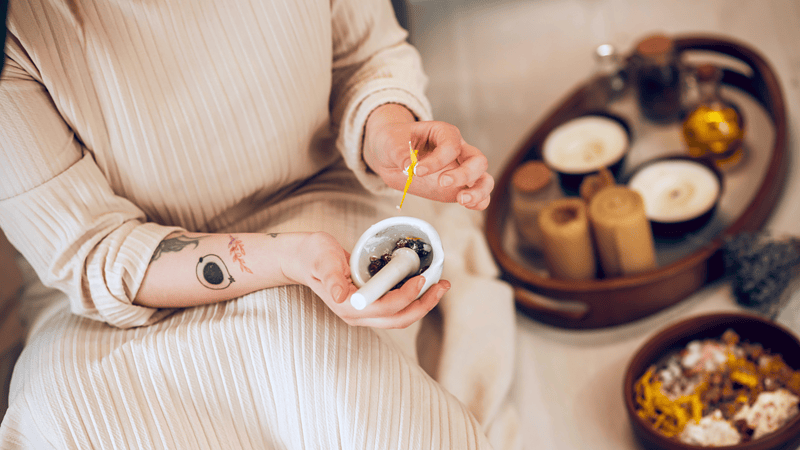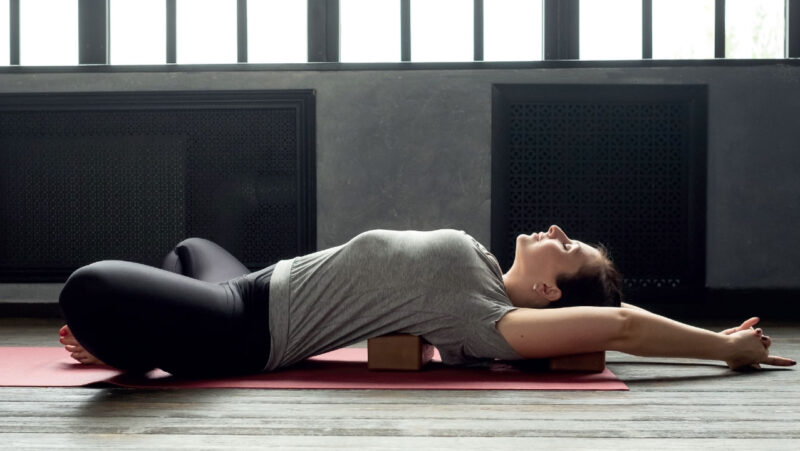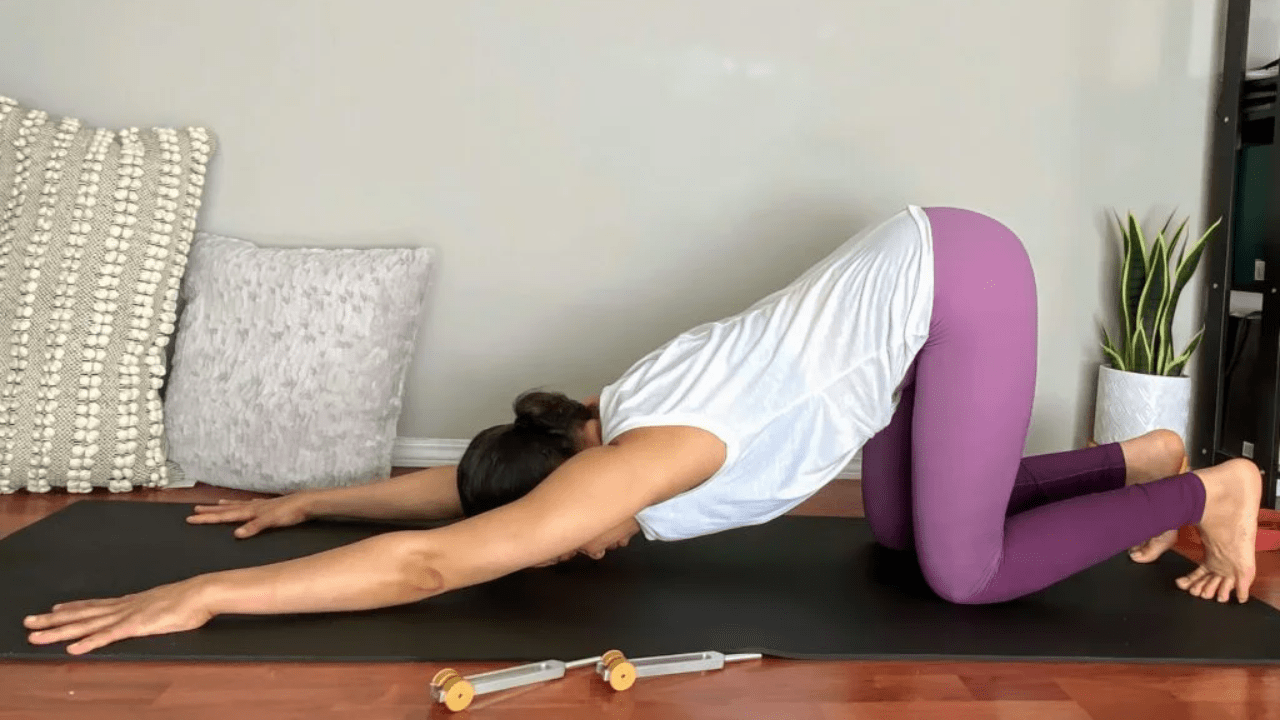
Supporting your health during summer
A vibrational yin sequence by Laurel Stuart
Do you love the summertime? Or do you find yourself dreading the summer heat? Maybe you are a bit of both?
Summer in Traditional Chinese Medicine (TCM) is known as the season of prosperity and beauty. On the summer solstice, yang energy is at its fullest. The days are at their longest. In TCM folks are encouraged to sleep late, rise early, exercise outdoors and consume more cooling foods. Fire is the element most associated with this time of the year. The heart is one of the yin organs of fire. Summer heat can easily act upon our hearts leading to restlessness, heat irritability and in some cases even insomnia. This vibrational yin sequence is designed to support TCM heart health during the summer. Feel free to add whatever movements (for example cat cow postures) you wish in between the poses. Enjoy.

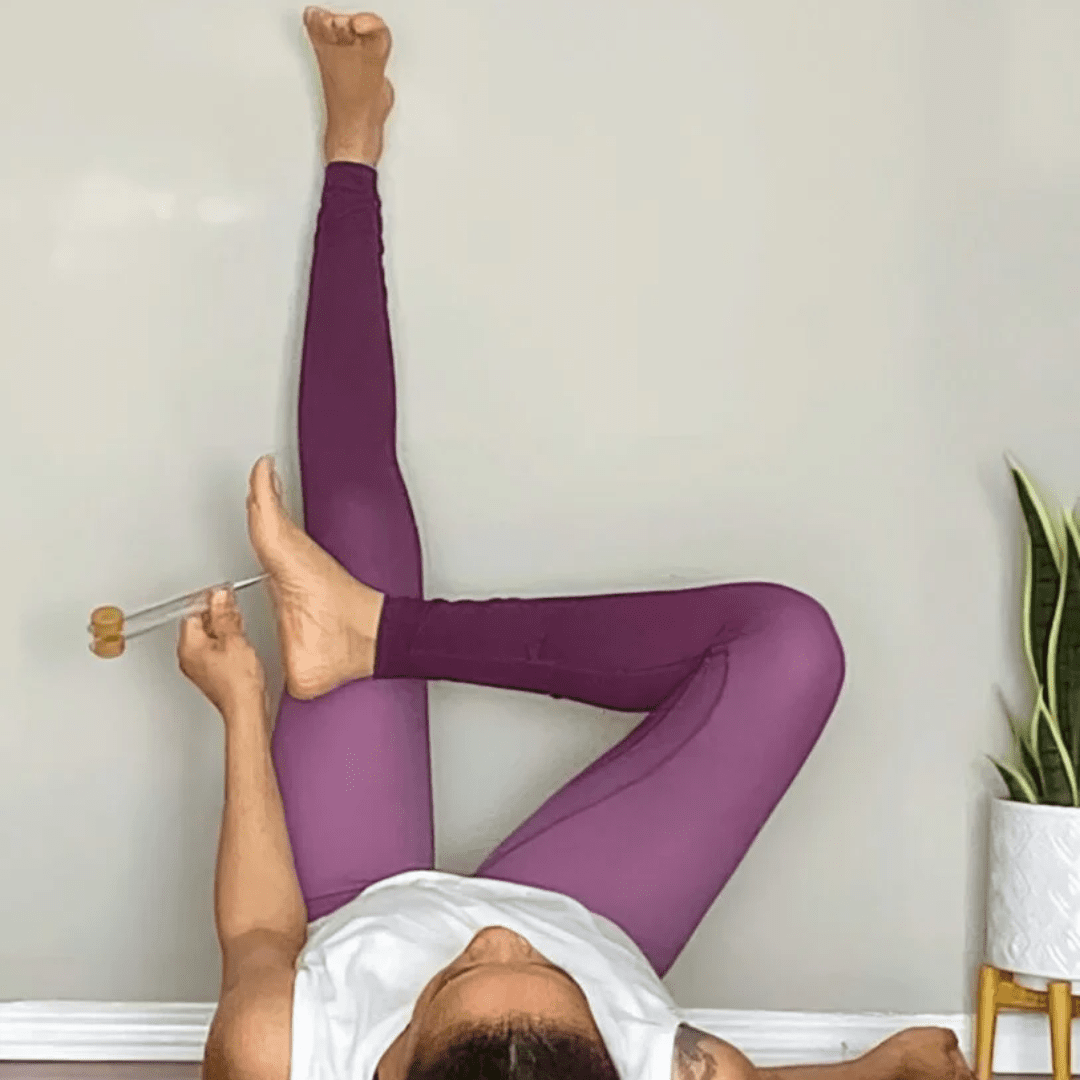
Legs Up The Wall stimulating K1/Kidney One (Gushing Spring)
During the summer yang energies are at their fullest. Yang energies are more active, rapid and warming compared to Yin energies which are more cooling, restful and slow. In the summertime, yin energy begins to emerge as yang energy peaks. We can gently stimulate our yin energies in the summertime to support the awakening of yin. Yin energy is associated with the water element while yang energy is associated with the fire element. Balance between these two elements is important to overall health. K1 supports kidney health and yin energy. The relationship between the kidneys and the heart is the relationship between fire and water. K1 is located at the base of the foot approximately one-third of the distance between the base of the second toe and the heel. Come into Legs Up The Wall pose. Your hips can be touching the wall or a few inches away from the wall depending on what feels best for your body. Support your sacrum or lower back on cushions, blankets or bolsters if you prefer. Bend your left leg so you can stimulate K1 on your left foot. Straighten your left leg then stimulate K1 on your right. You can stimulate K1 using either a body tuning fork or massage. If you are using a tuning fork ensure the frequency of the fork feels good to you. For this sequence, a tuning fork with a frequency that is considered balancing to the body is preferred. Three stimulations with the tuning fork (letting the vibrations of the fork drain into the acupoint) or pressing on the point for one to two minutes is sufficient stimulation.
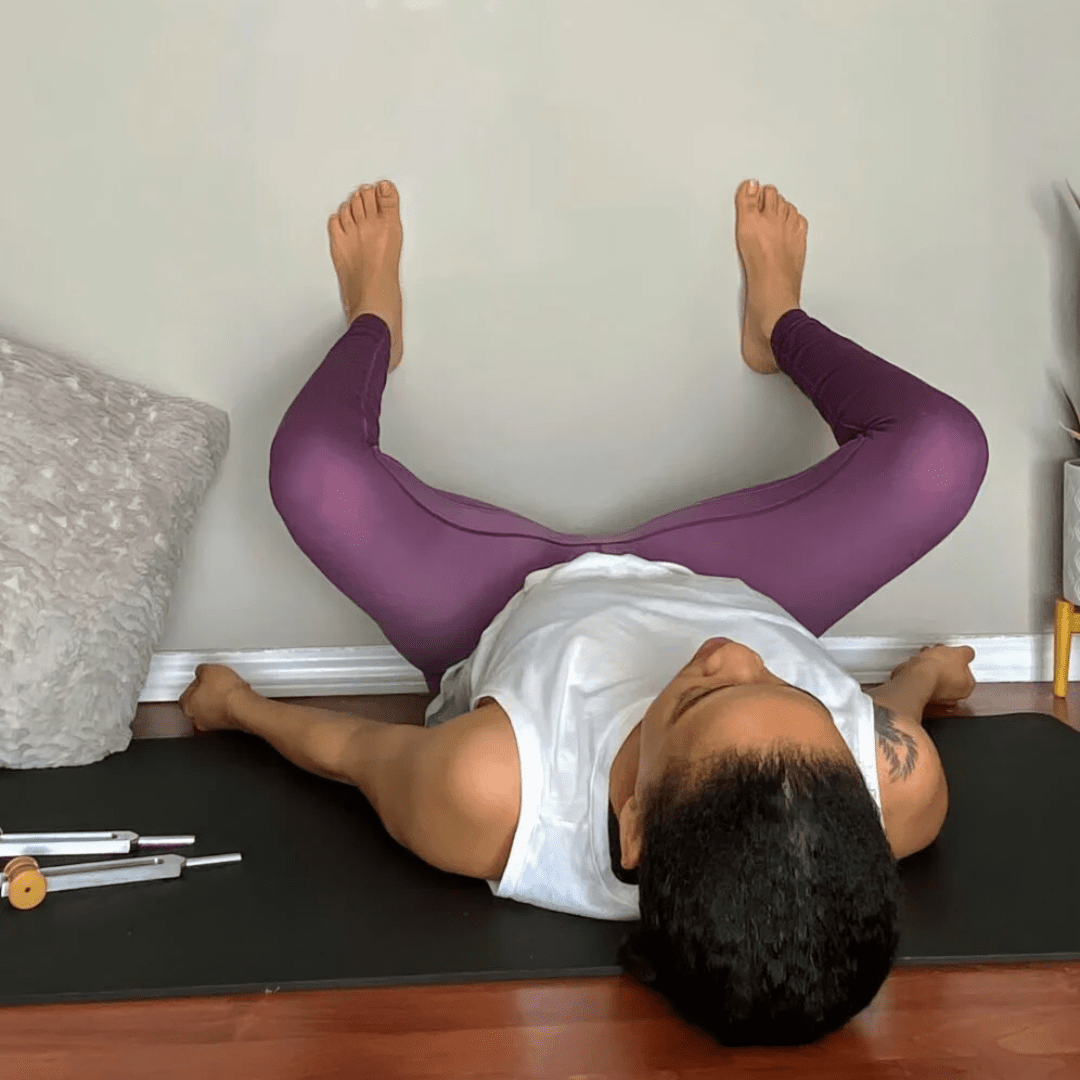
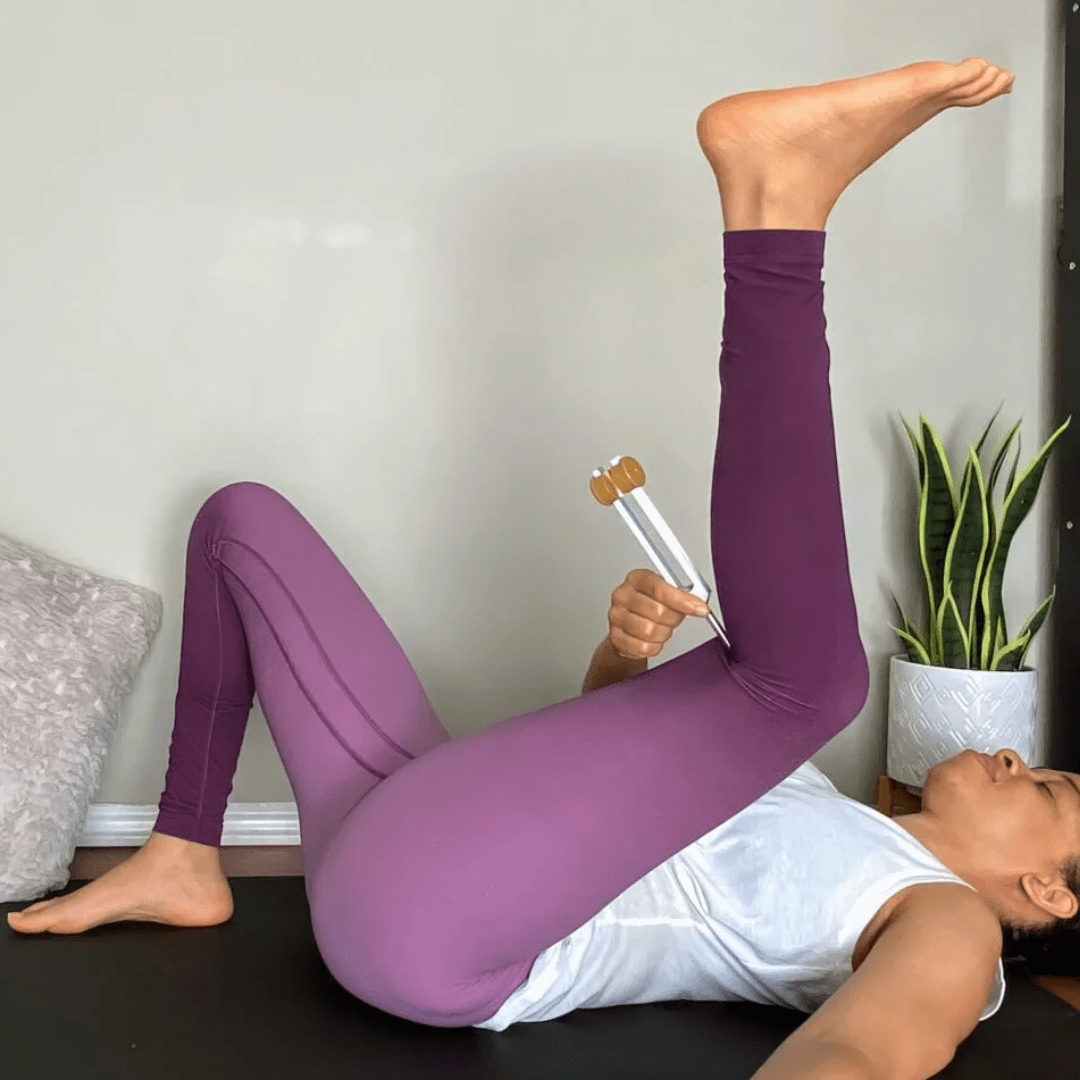
Wall Squat stimulating BL40/Bladder 40 (Middle of the Crook)
BL40 is located at the middle of the knee crease. In addition to being used for pain that occurs along the bladder meridian, BL40 is sometimes used by some acupuncturists to cool blood and clear summer heat. Start with Legs Up The Wall Pose and allow your knees to bend. The distance between your feet depends on what feels best for your hips and lower back. Your hips may or may not be on the floor in this posture. If you find your hips are lifted in the pose and you prefer to have your hips resting on the floor move your buttocks further away from the wall. Stimulate BL40 on each leg then stay in the pose for an additional 1 to 3 minutes.
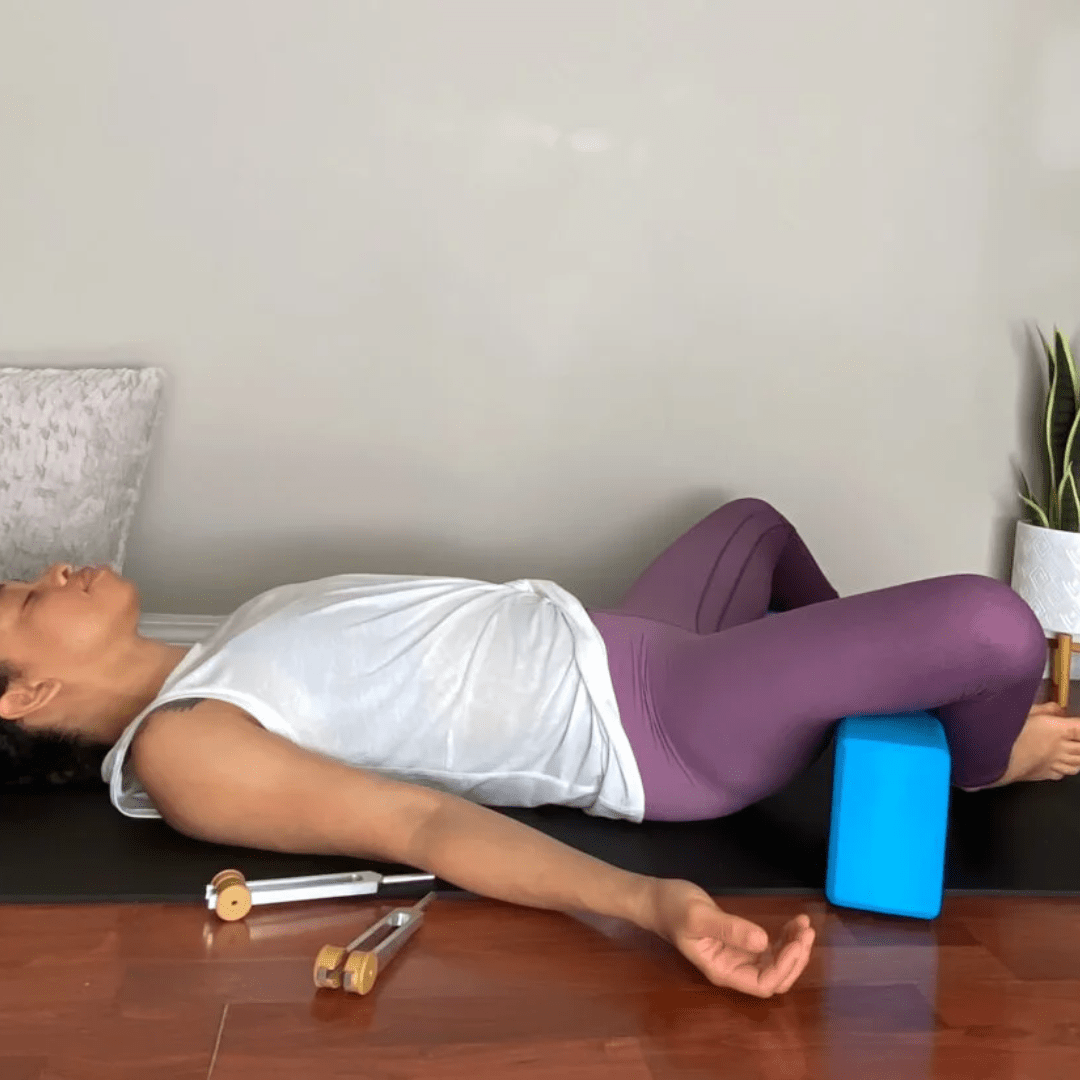
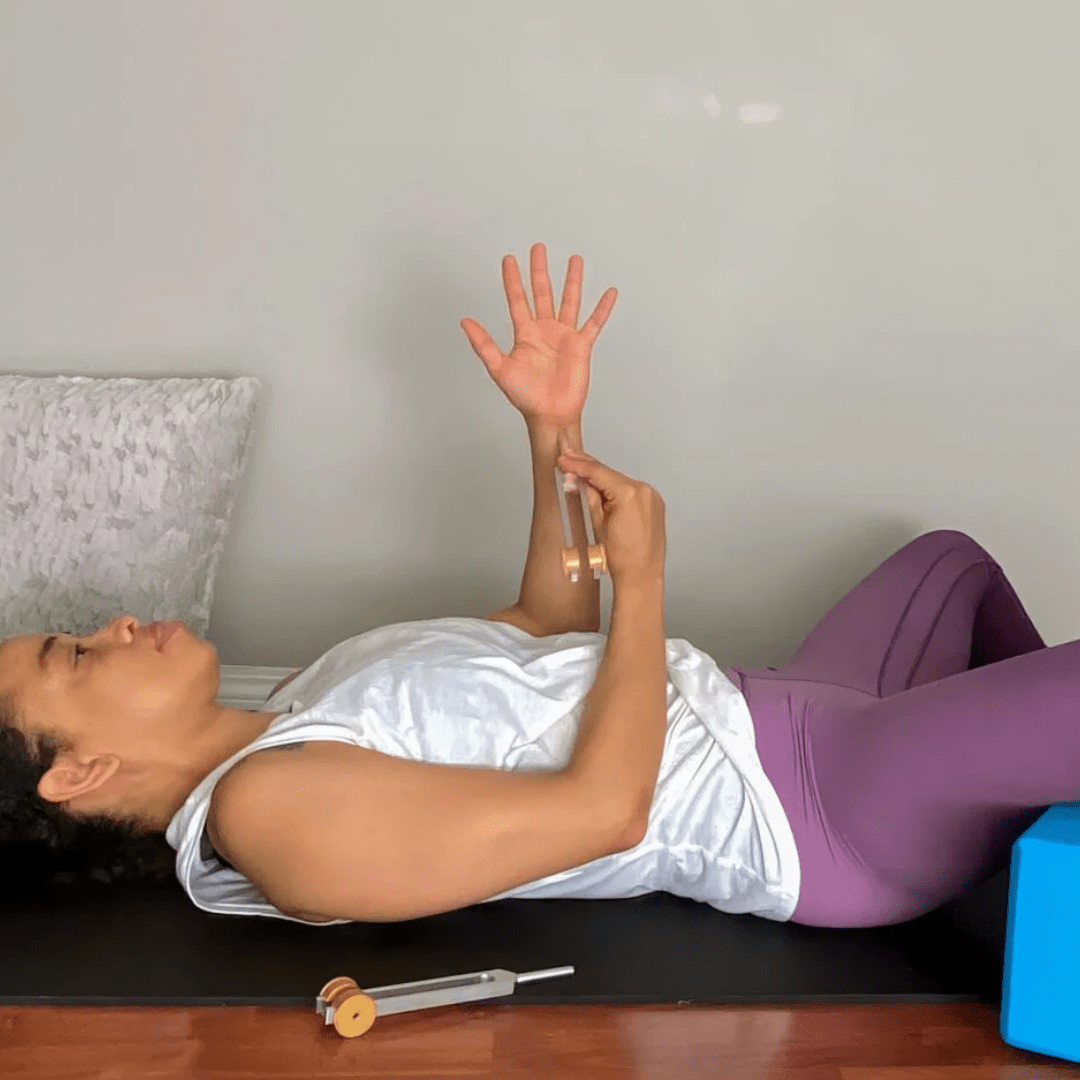
Supported Reclining Butterfly Pose stimulating HT5/Heart 5 (Penetrating the Interior)
Each organ in TCM is considered either a yin or yang organ. Yin organs store and regulate refined substances such as blood. Yang organs are hollow. They receive, regulate and excrete unrefined substances such as food. Yin organs are paired in TCM with yang organs in what is known as an interiorly-exteriorly related pair. The heart is a yin organ. The heart is paired to the small intestines. The small intestines are one of the yang organs associated with the fire element. Small intestine health in TCM is connected to heart health. In TCM luo acu-points support the health of both organs in a yin yang pair. HT5 is a luo point. HT5 can be used to support both heart and small intestine health. Locate HT5 on your forearm one body inch above the crease of your wrist on the inner edge of the tendon located on the little finger side of your wrist. The width of the widest part of your thumb equals one body inch. Rest in your reclining butterfly pose. Use cushions, blocks and bolsters to support under your outer thighs, back and heart if you prefer. Stimulate H5 on both forearms before finding stillness in the pose. Stay in Supported Reclining Butterfly Pose for an additional 1 to 3 minutes or longer if time permits.
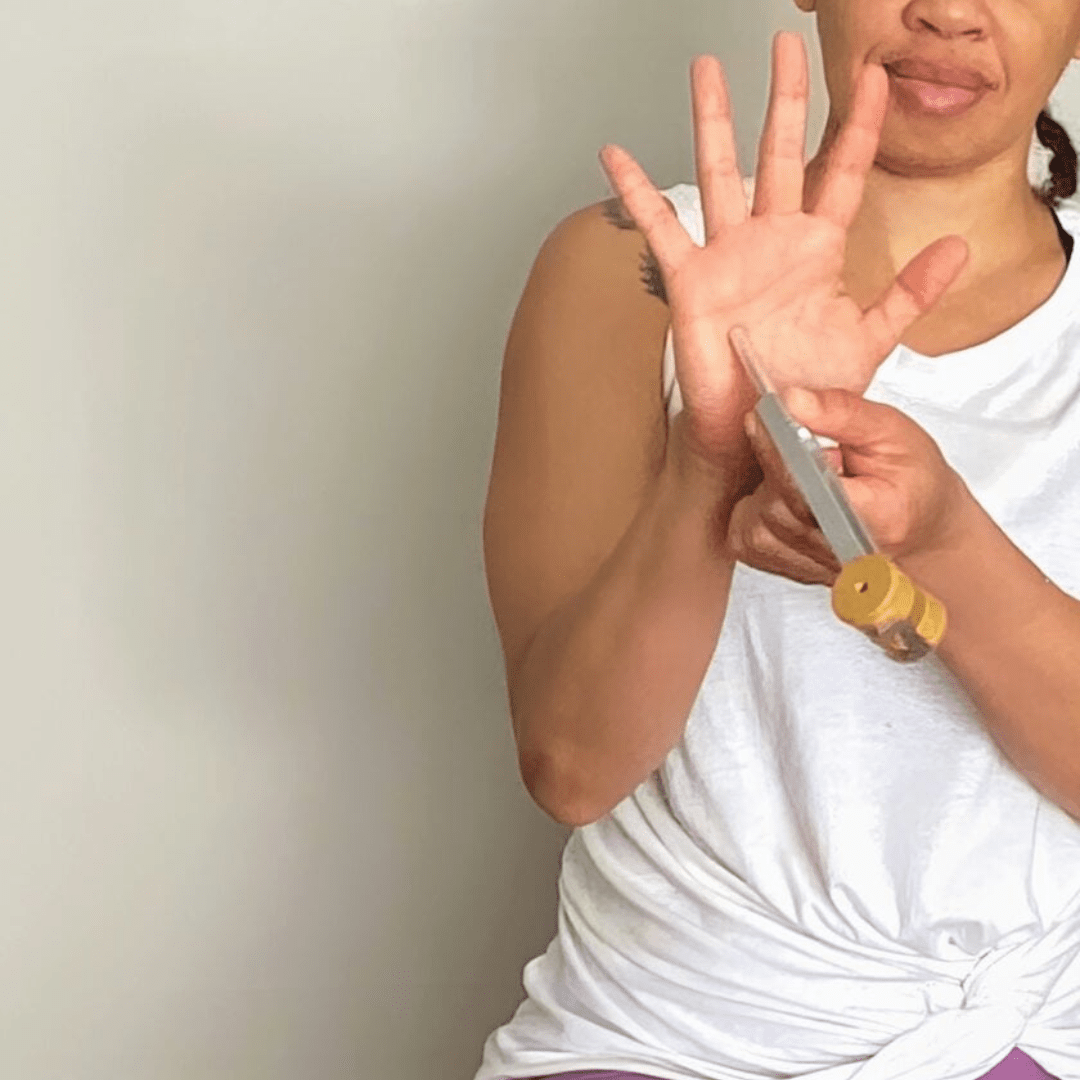

Melting Heart Pose stimulating HT8/Heart 8 (Lesser Mansion)
To come into Melting Heart Pose, start on your hands and knees and walk your hands forward. Allow your chest and head to drop towards the floor. Your hands are approximately shoulder’s distance apart. The sensation in the shoulders should be mild to moderate in intensity. Keep your hips over your knees in this pose. Pad your knees if that makes the pose more comfortable for you. Stimulate HT8 before moving into Melting Heart Pose. HT8 is the fire point of the heart meridian. In TCM HT8 is used to support both heart and small intestine health. To locate HT8 make a fist. HT8 is located where your little finger rests on the palm of your hand when you make a fist. Stimulate HT8 on both hands before moving into Melting Heart Pose. Stay in the pose for 1 to 3 minutes.
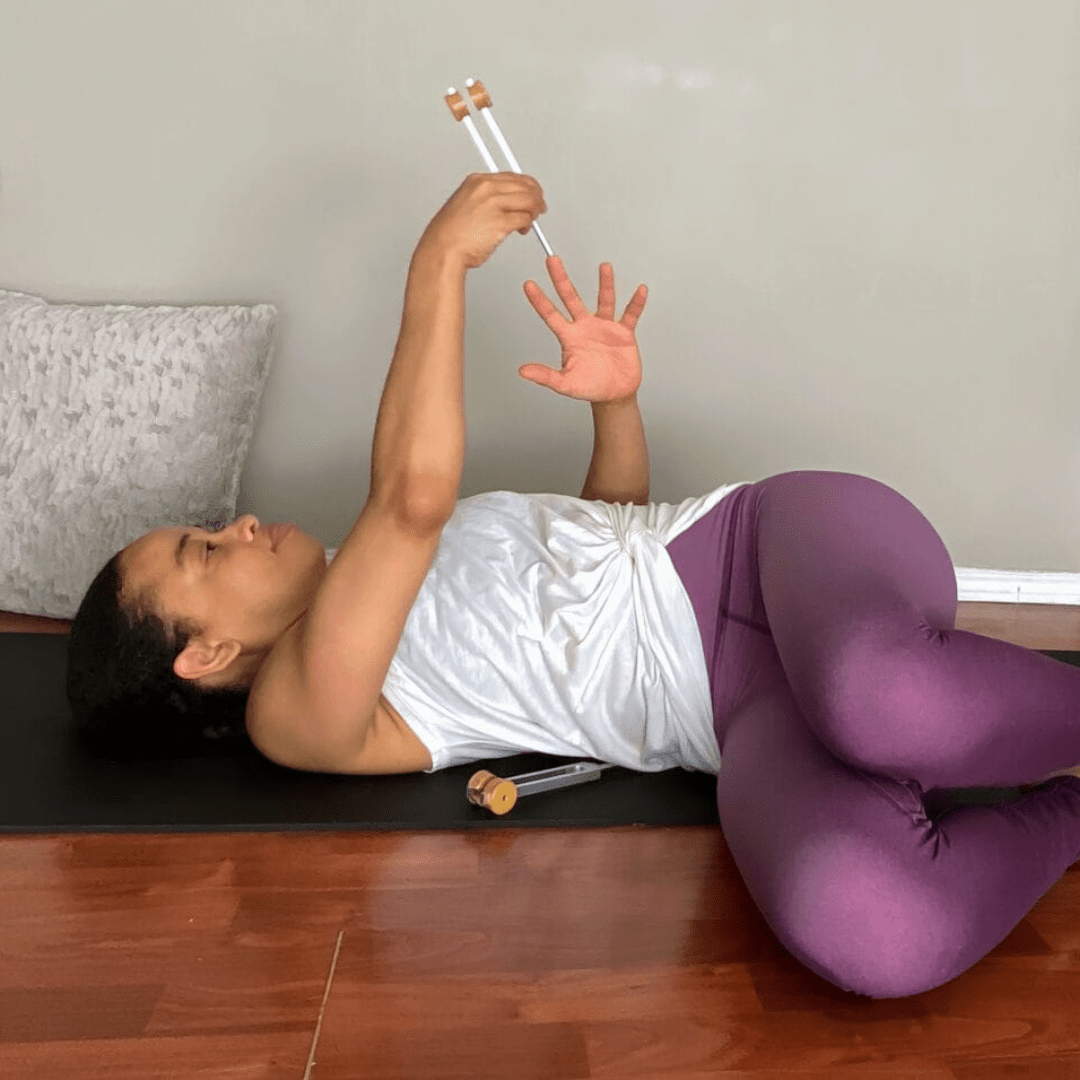
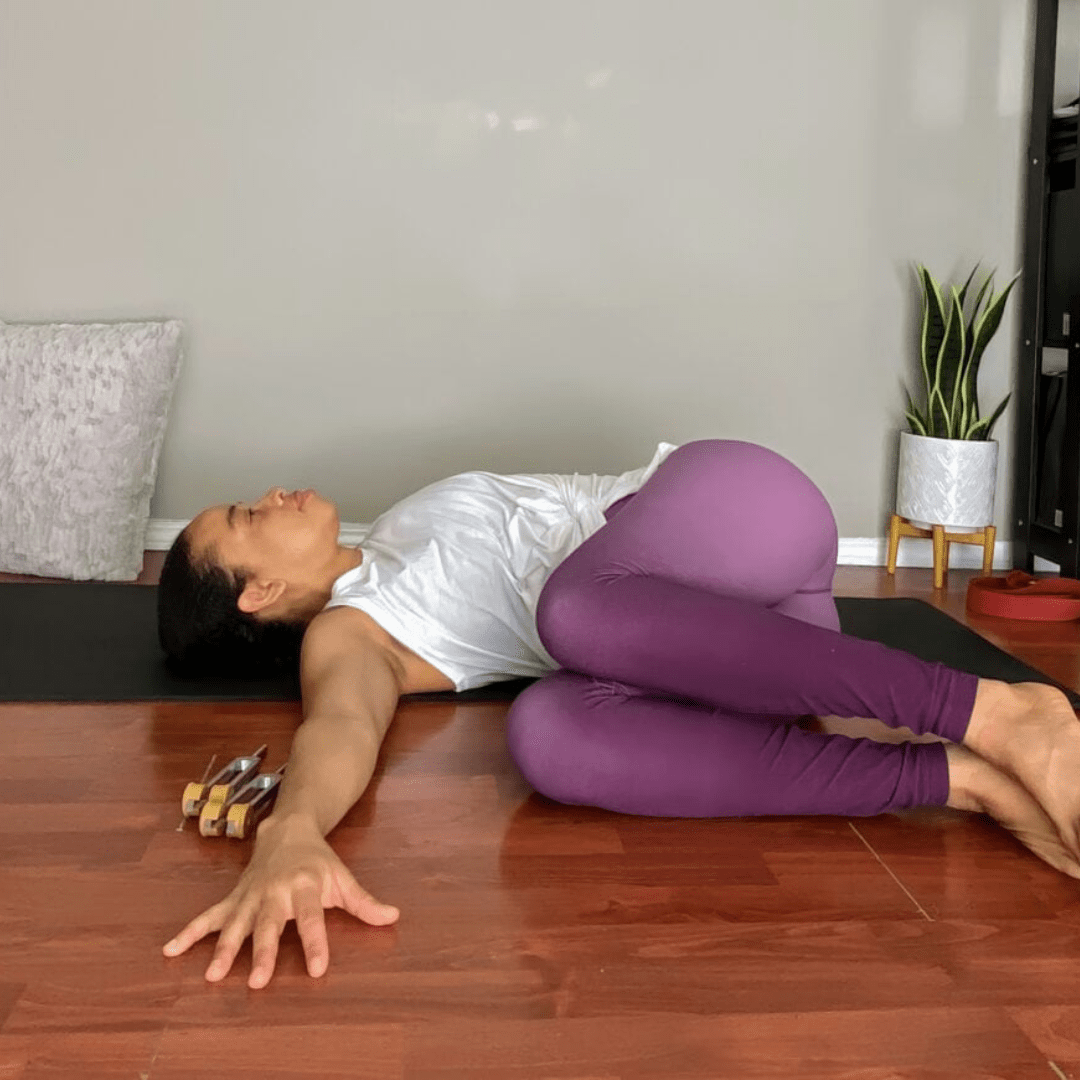
Reclining Spinal Twist stimulating P9/Pericardium 9 (Middle Rushing)
P9 is located in the centre of the tip of the middle finger. P9 is the last point on the pericardium meridian. In TCM the pericardium’s primary function is to protect the heart from attack by exterior pathogenic factors. Exterior pathogenic factors include pathogens such as excess heat. Heat in the heart in TCM sometimes presents as ulcers on the tongue or a bitter taste in the mouth. P9 clears heat from the heart and benefits the tongue. It is also used to help clear summer heat. Come into a reclining spinal twist with your knees over to your left. Stimulate P9 on your right hand. Release your arms to your sides and rest in the twist another 1 to 3 minutes. Repeat the pose on your opposite side. Rest for a few minutes in savasana.
Namaste.


